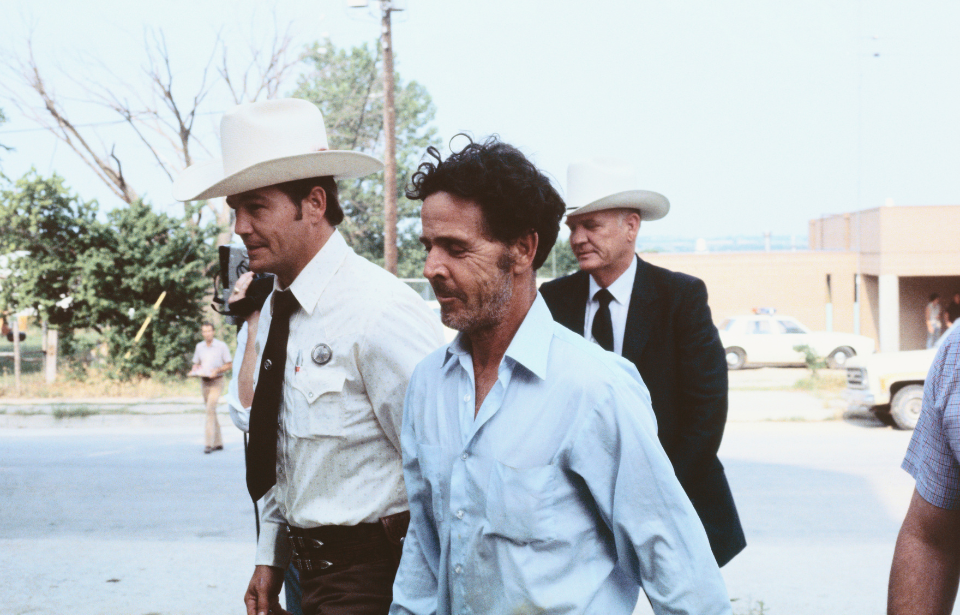The name Henry Lee Lucas is synonymous with one of the most bewildering and dark chapters in the annals of American crime history. A self-proclaimed serial killer whose confessions once attributed to him hundreds of murders, Lucas became a figure of intense controversy and speculation. Continue reading to step into the shadowy world of Lucas as we get into the facts, myths, and enigmas surrounding this infamous murderer.
The Early Years of Henry Lee Lucas: From Abusive Childhood to Criminal Beginnings
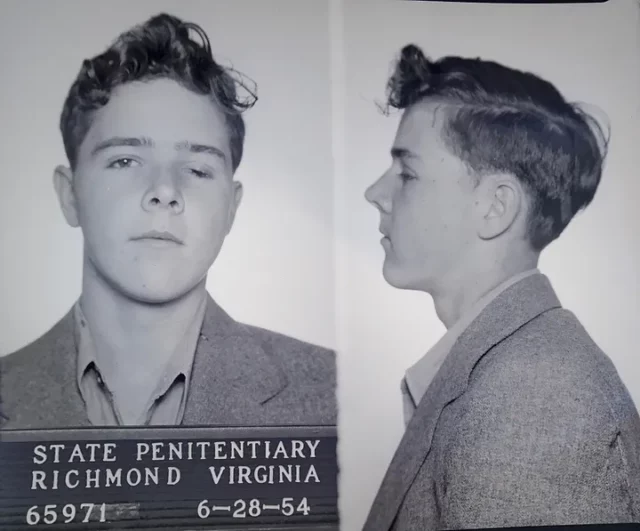
Born on August 23, 1936, in a one-room log cabin in Virginia, Henry Lee Lucas’s early life was marred by unimaginable abuse and neglect.
This toxic environment was the breeding ground for the troubled psyche of young Lucas, who was alleged to have committed his first murder at the young age of 14, claiming the life of 17-year-old Laura Everlean Burnsley by strangling her. This act set him on a path of violence that would define his life. On January 11, 1960, Lucas went to have an altercation with his then 71-year-old mother, during which he stabbed her in the neck, leaving her to be found bleeding out on the ground.
Henry Lee Lucas and Ottis Toole: A Deadly Partnership in Crime
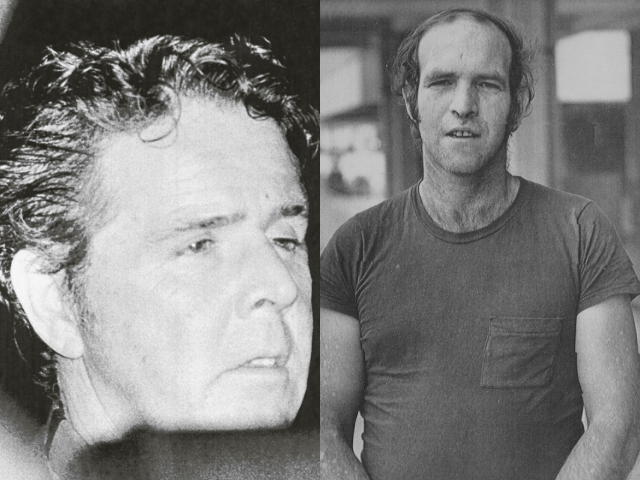
After serving 10 years in prison for his mother’s murder, he was released due to prison overcrowding. Lucas’s story took a more sinister turn when he crossed paths with Ottis Toole, a fellow drifter with a penchant for violence, where they met in a soup kitchen in Jacksonville, Flordia, in 1976.
Together, they formed a macabre partnership, embarking on a killing spree that spanned several states, mainly targeting sex workers, migrants, and hitchhikers. Their relationship was complex, with Lucas often describing Toole as both a lover and an accomplice. It was this partnership that would later become central to Lucas’s confessions, as he implicated both himself and Toole in a series of heinous murders.
The Confession Spree: Unraveling the Truth Behind Lucas’ Claims
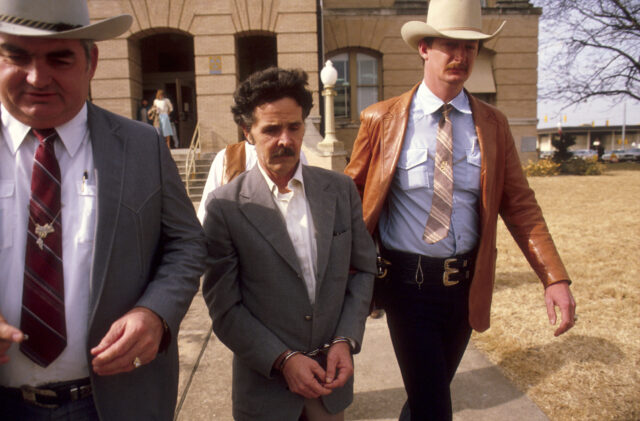
In 1983, Lucas was arrested for unlawful possession of a firearm, but it was what followed that turned him into a media sensation. He began confessing to hundreds of unsolved murders, offering details that only the perpetrator could know. Law enforcement agencies from across the country flocked to interview him, eager to close cold cases. But as his confessions piled up, so did doubts about their veracity. Could one man really be responsible for such a staggering number of crimes?
To manage the overwhelming number of confessions, the Lucas Task Force was assembled. Its purpose was to sift through Lucas’s claims and determine which were credible. However, the task force soon came under scrutiny, with accusations of feeding Lucas information to help him fabricate confessions. This controversy was due to a news report that claimed that Lucas would have had to drive his 13-year-old Ford station wagon a total of around 11,000 miles in a single month to commit the claimed murders.
The Role of Media and Public Perception in the Henry Lee Lucas Saga
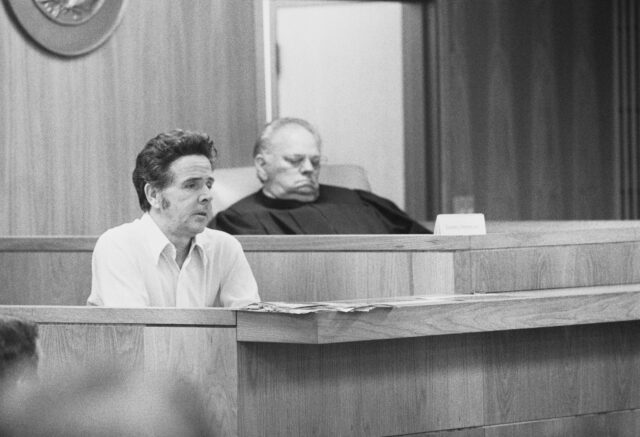
The media played a crucial role in shaping the public’s perception of Henry Lee Lucas. With each new confession, headlines screamed of the most prolific serial killer in history. The public was both horrified and fascinated, consuming every lurid detail of Lucas’s tales of murder. Yet, as skepticism grew, the media’s portrayal of Lucas shifted, and the narrative focus became on officials who were accused of looking to clear unsolved cases.
In interviews and statements, Lucas offered chilling insights into his thought process. He spoke with a disturbing nonchalance about his crimes, at times expressing remorse while at other times reveling in the attention his confessions brought him. These glimpses into his mind left many wondering whether Lucas was a remorseful killer or a master manipulator thriving on the infamy of his alleged deeds.
The Legal Labyrinth: Trials, Convictions, and the Death Sentence for Henry Lee Lucas

Throughout the legal proceedings, Lucas’s fate hung in the balance. He was tried and convicted for several murders, including the killing of his girlfriend, Becky Powell, and an elderly woman named Kate Rich. The death sentence loomed over him, but in an unexpected turn of events, then-Governor of Texas, George W. Bush, commuted his sentence to life in prison, citing doubts about the reliability of his confessions.
During his time on Death Row, Lucas underwent a spiritual transformation, embracing Christianity, and devoted the final 18 years of his life to exemplary behavior as a prisoner. He passed away from natural causes on March 12, 2001, at the age of 64, in a Huntsville, Texas, prison.
Read more: The Tragic End of Lana Turner’s Boyfriend: A Tale of Passion, Jealousy and Murder
The tale of Henry Lee Lucas is a chilling reminder of the darkness that can lurk within the human soul. It’s a story that straddles the line between fact and fiction, leaving most wondering about whether he did commit the alleged murders.
